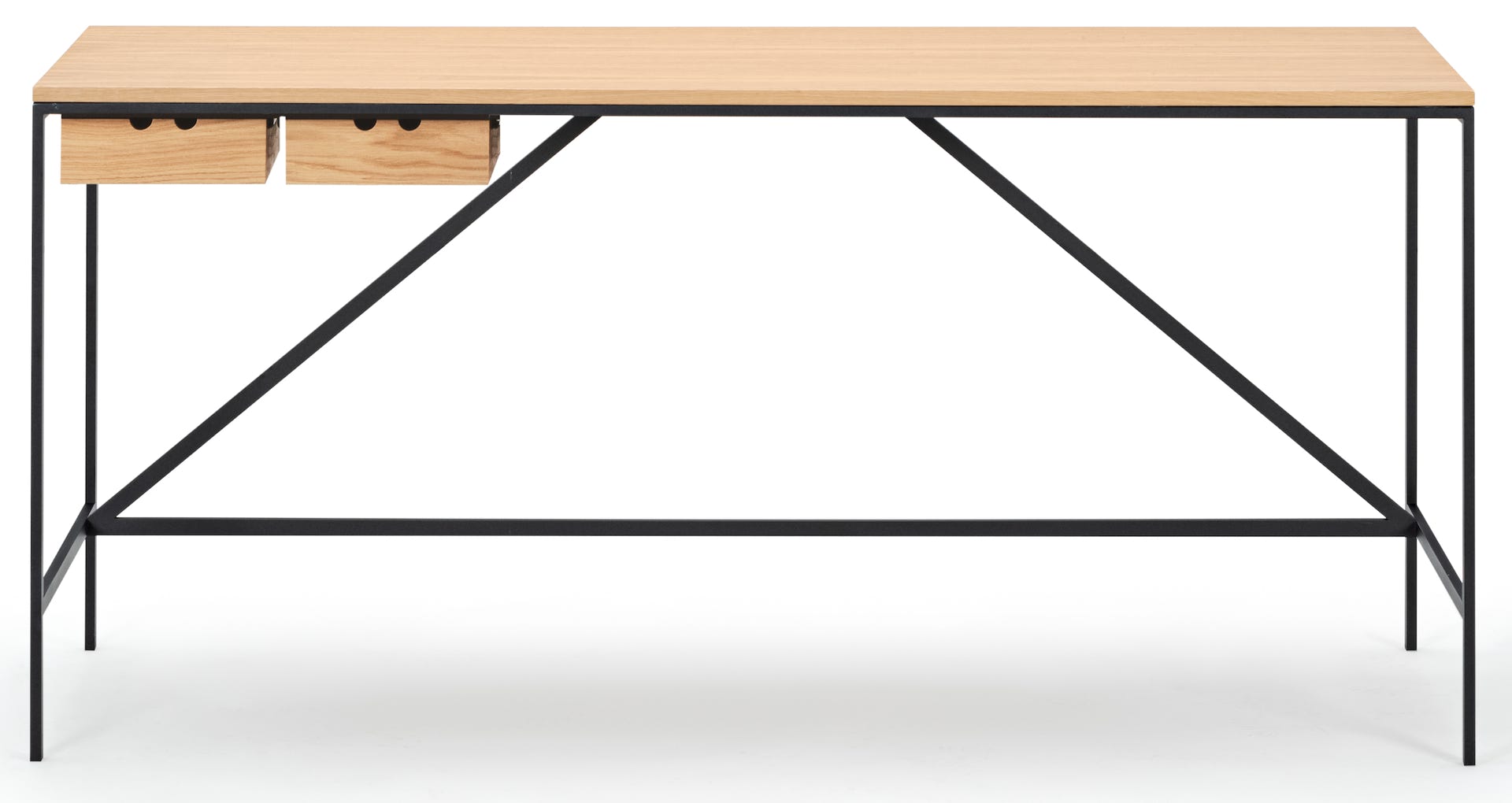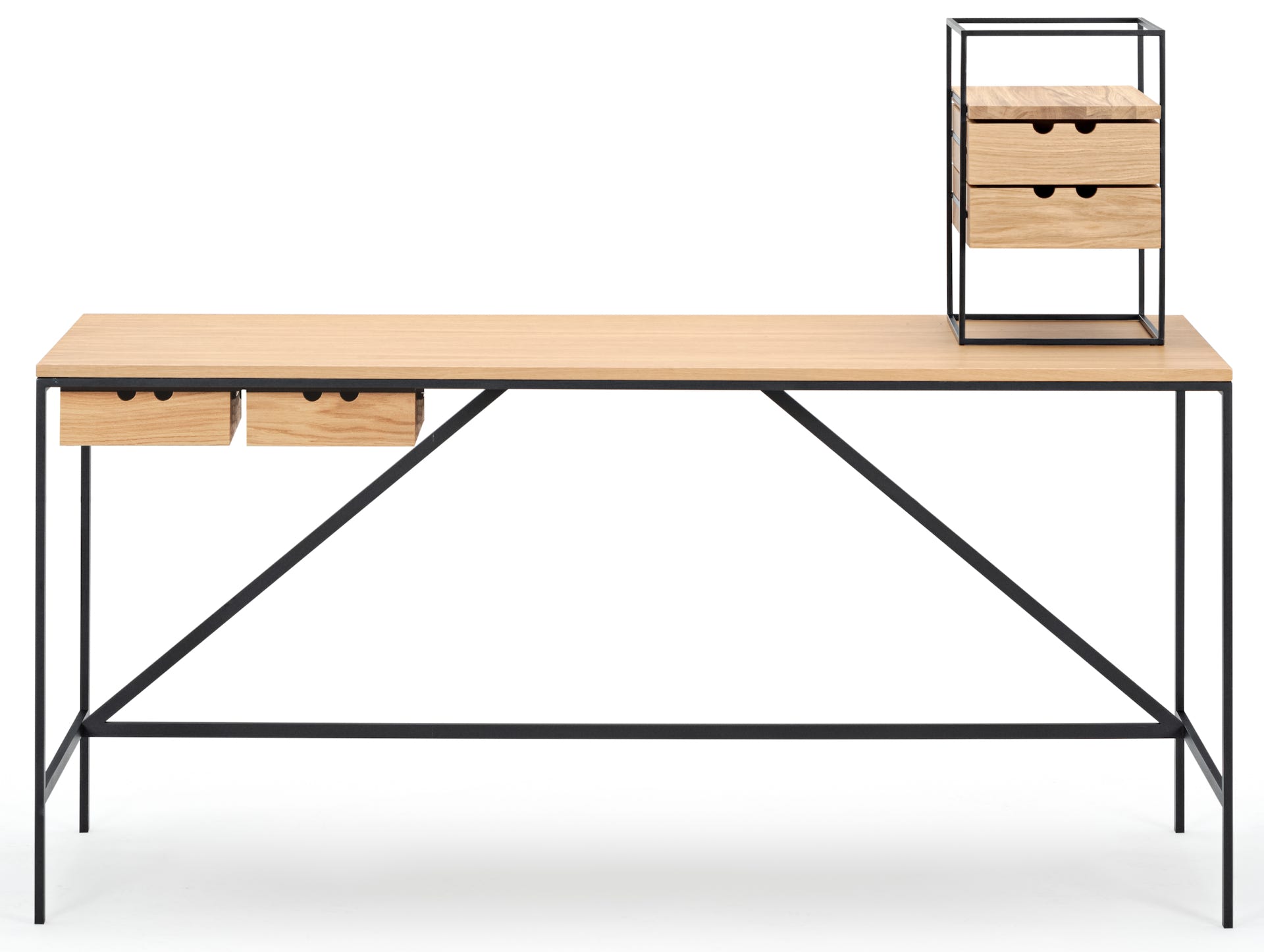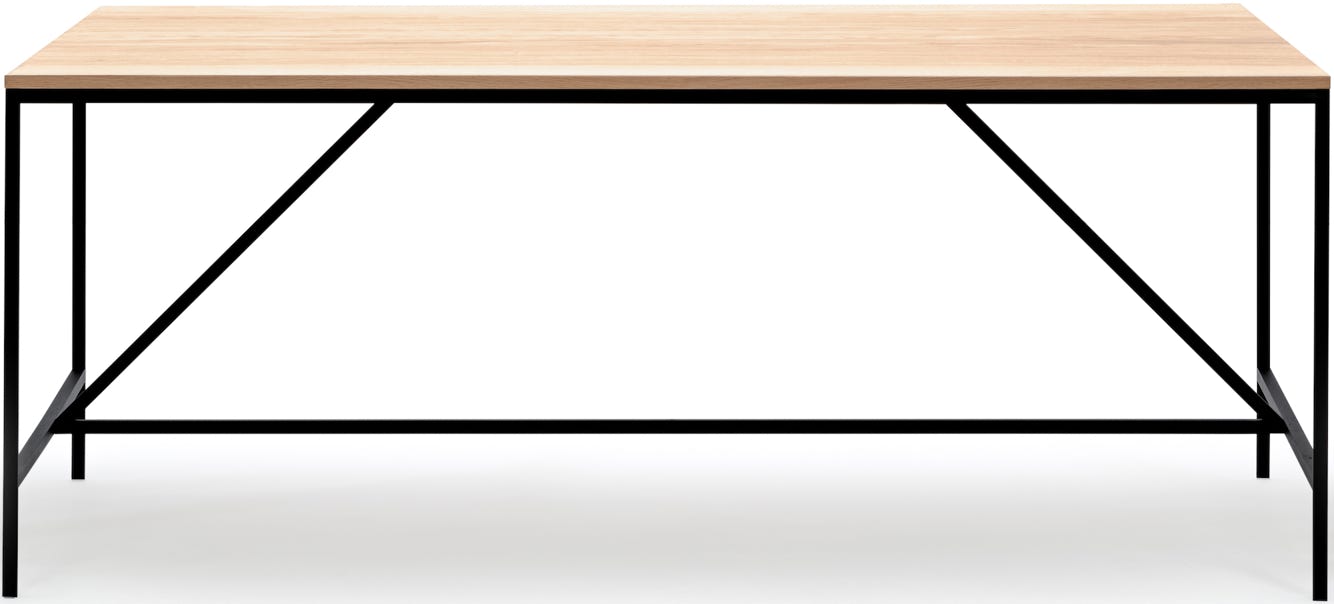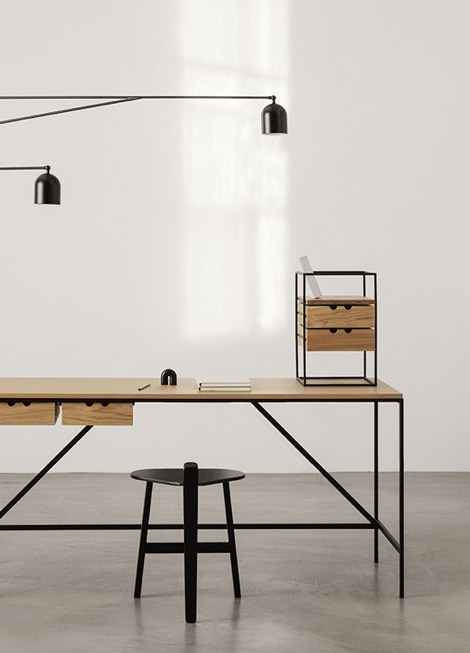
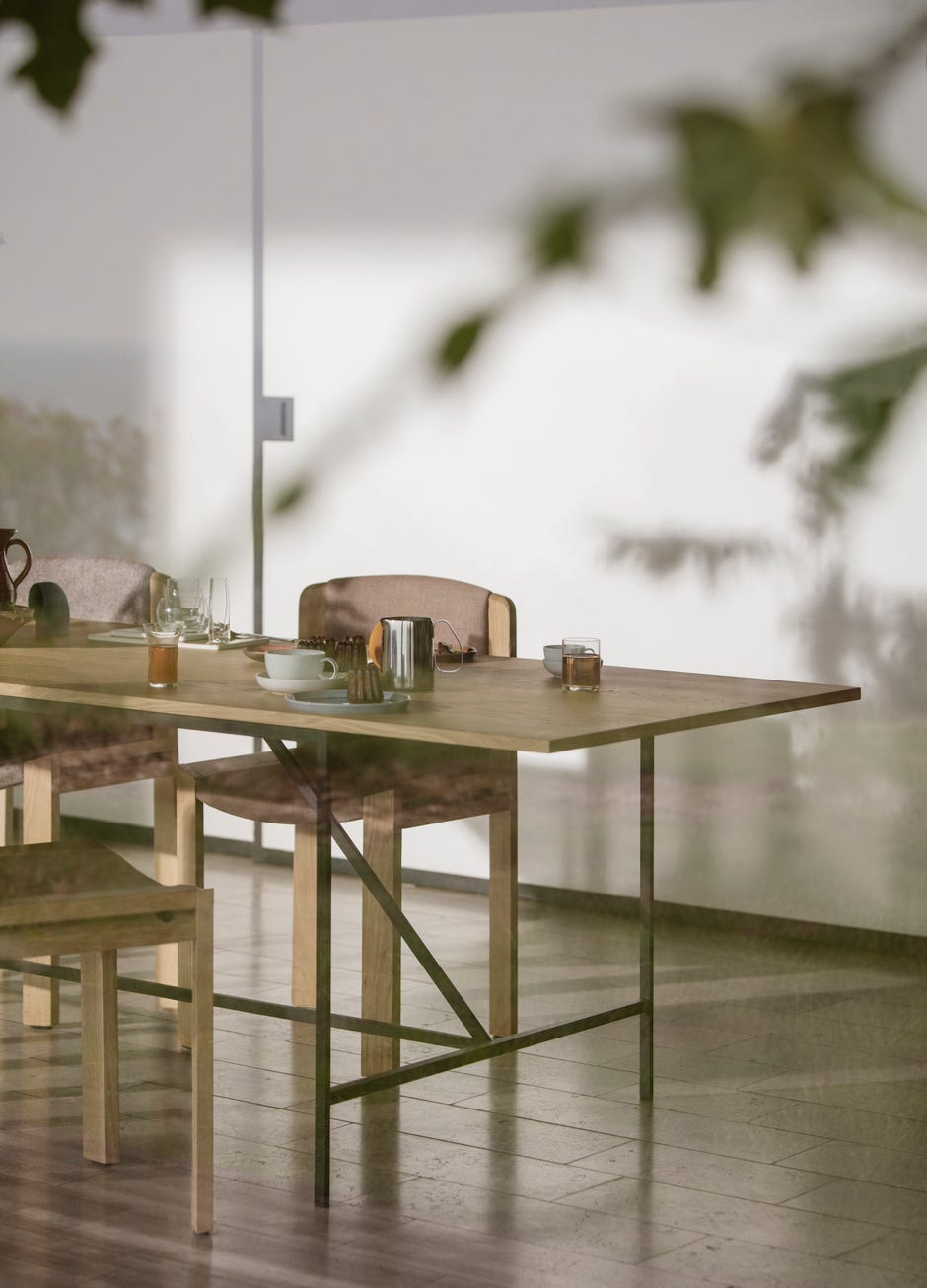
The Cache Table & Desk by American Paul McCobb echoes the Planner shelves and Planner coffee tables by the same designer, released by Fritz Hansen.
The desk features slim, straight steel legs devoid of any ornamental detail, leaving only small drawers that can be mounted individually or grouped on either side of the table for small items. The series is completed by the matching desk organizer, with two drawers and a shelf supported by a steel frame.
The beautifully simple table has slim, straight steel legs, stripped of any detail or ornament, leaving only small drawers that can be mounted individually or grouped on either side of the table for small items.
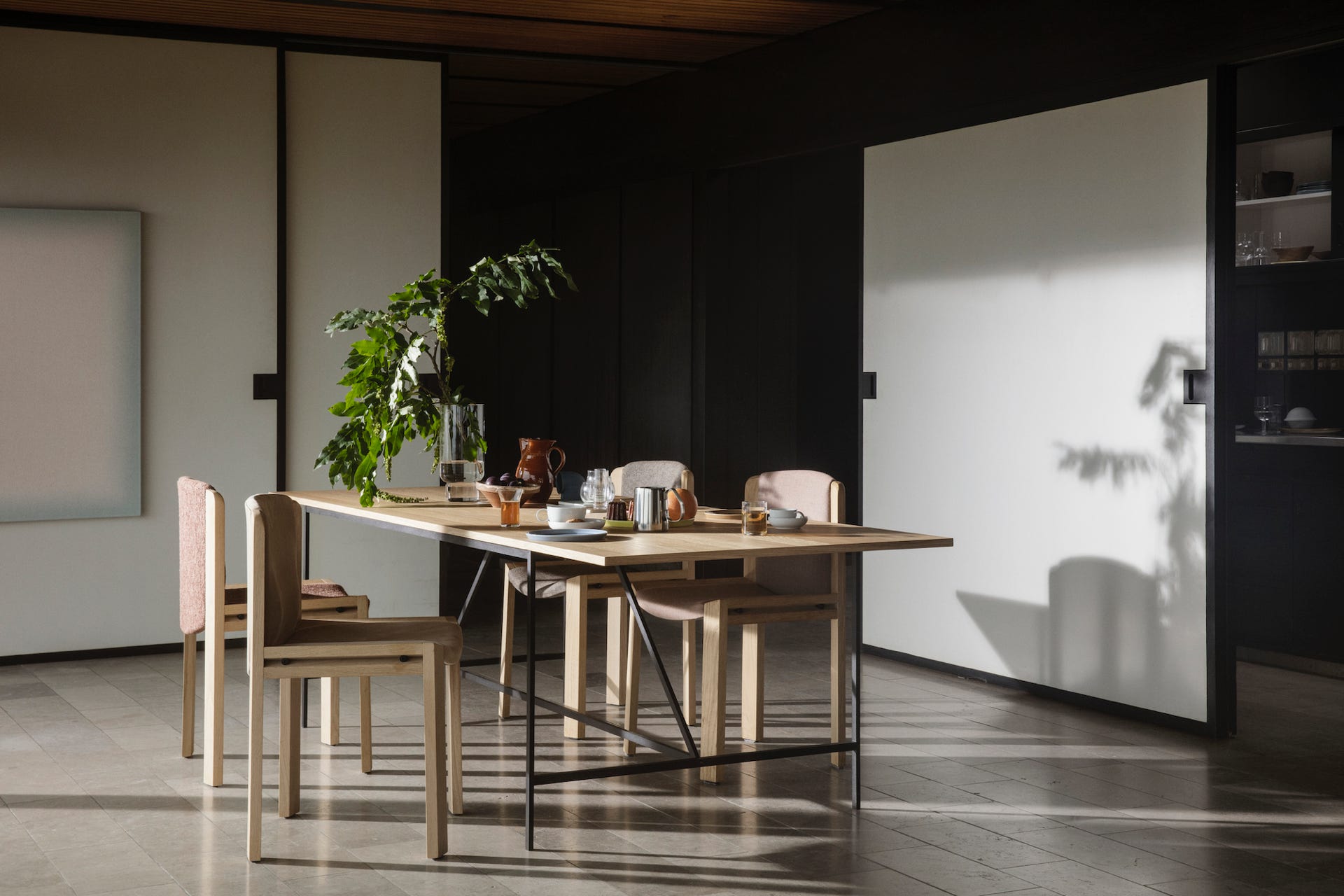
Cache Desk
Dimensions 152 x 56 x H72 cm
Cache Desk (without drawer)
2 Drawers
Desk Organizer
Cache Table
Dimensions 180 / 260 x 90 x H72 cm
Table 180 cm
Table 260 cm
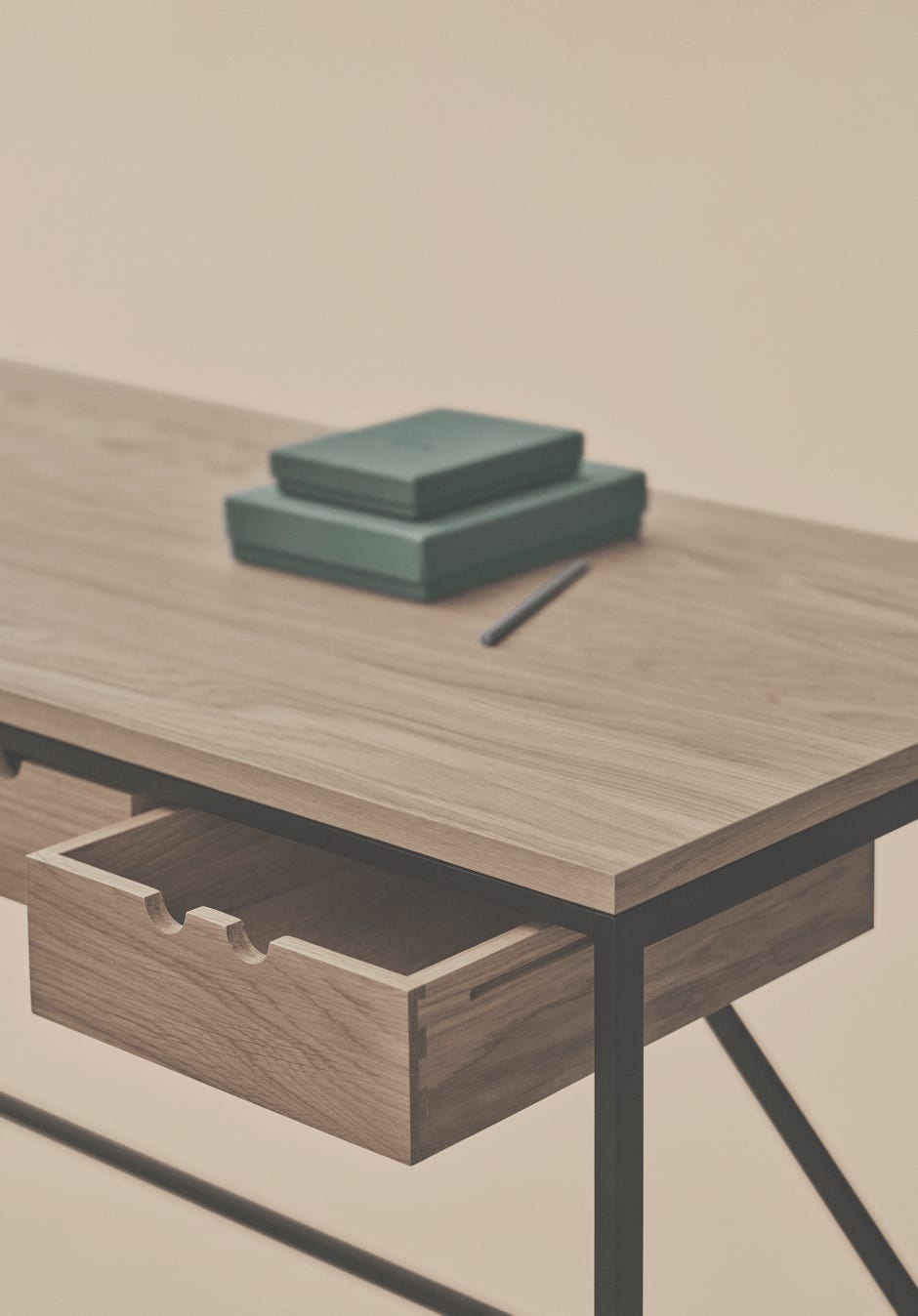
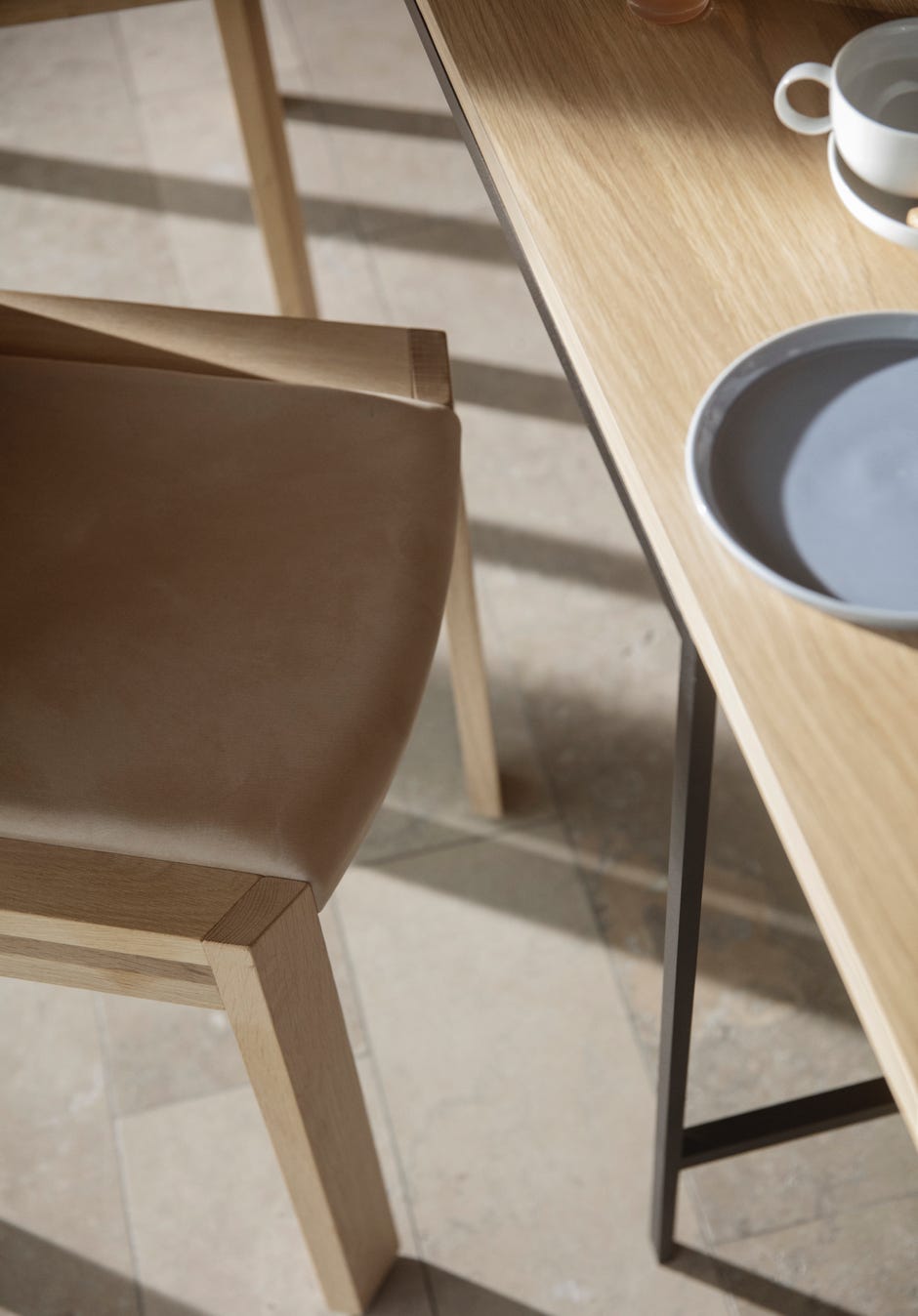
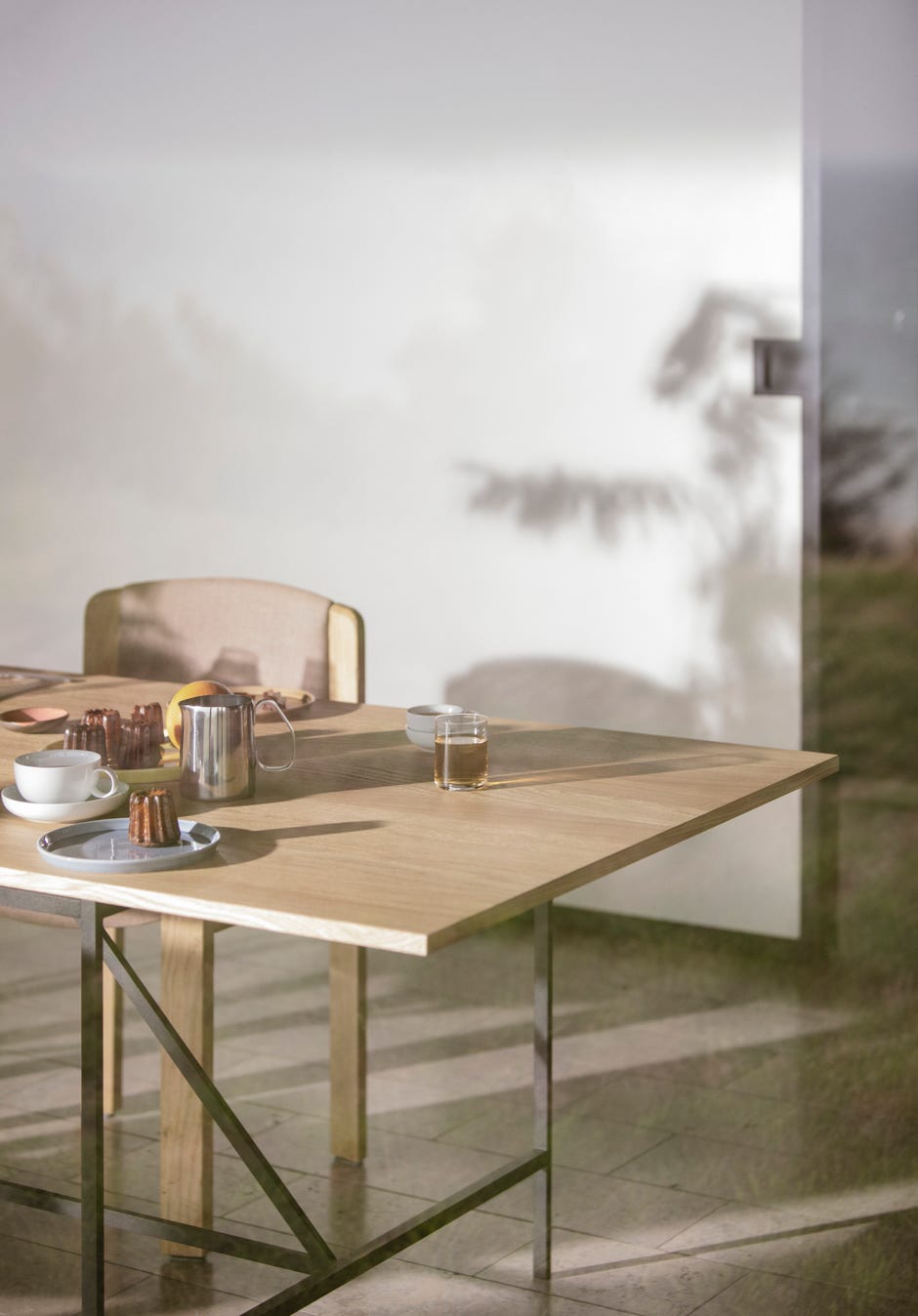
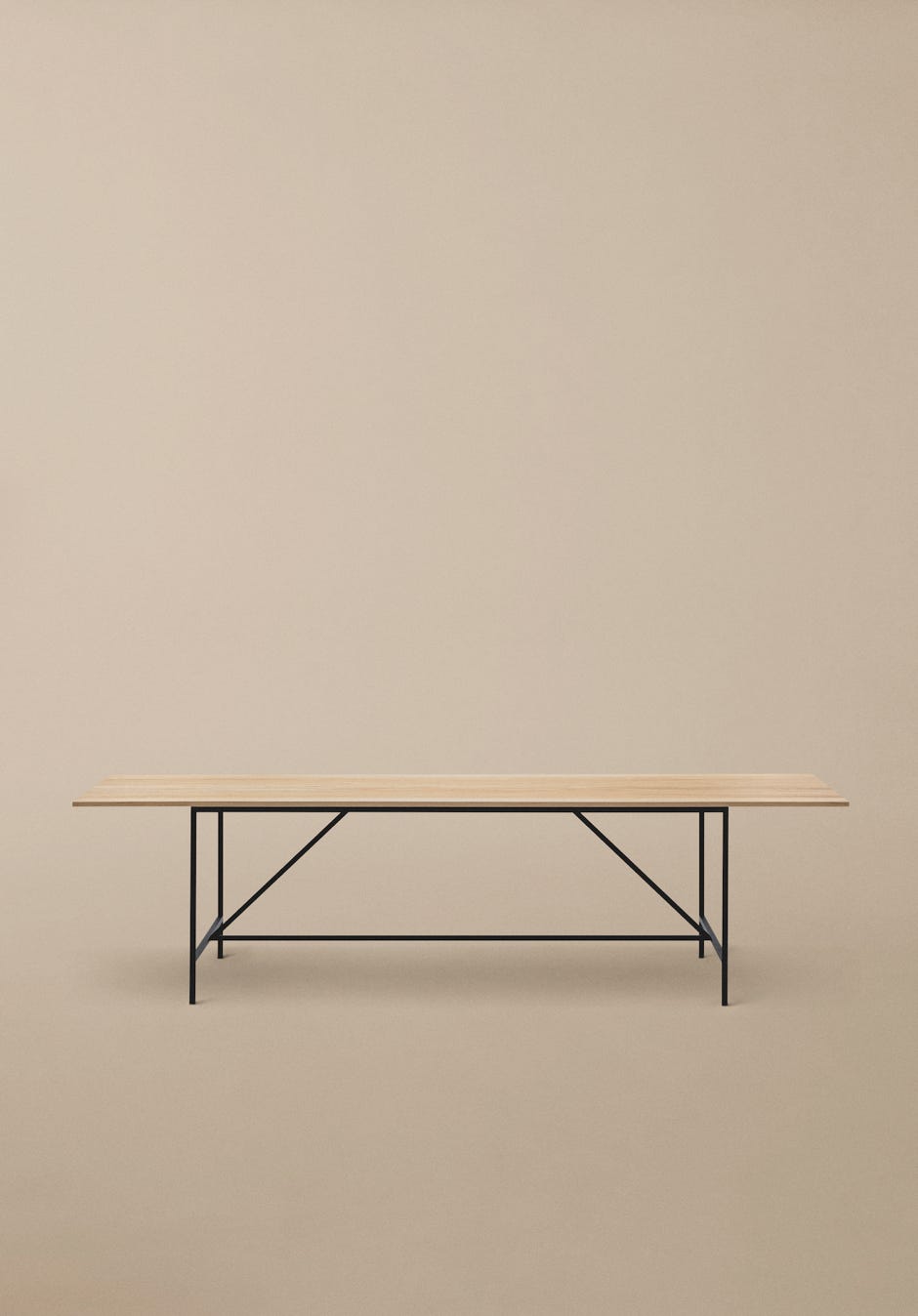
Paul McCobb

Paul McCobb (1917-1969) was one of the leading contemporary furniture designers on the American design scene in the 1950s and 1960s. Over a timespan of twenty years he designed an impressive range of multi-functional furniture, accessories and textiles, as well as several notable interior design projects. Since his early death in 1969 his designs have not been in production, but are now making their way back to the market through a range of upcoming reissues.
Paul McCobb first came to prominence in 1948 as a design and decorating consultant for Martin Feinman’s Modernage Furniture in New York City. While employed at Modernage, McCobb met B. G. Mesberg, his later business partner in the Planner and Directional furniture lines.
Best known for his furniture designs, McCobb also designed radios and televisions for CBS-Columbia, Hi-Fi Consoles for Bell & Howell, along with other household items. He acted as design consultant to many leading corporations, including Singer, Alcoa, Goodyear, Columbia Records, and Remington Rand. For years, he traveled throughout America for speaking engagements, panel discussions, and appearances on radio and television talkshows, and he had his own syndicated design column in newspapers across the country.
Besides his public engagements, he taught design at Philadelphia Museum School of Art.
Paul McCobb’s design aesthetic is simplicity of form with a lack of ornamentation. Inspired by his New England upbringing and influenced by Shaker Design, McCobb combined slender lines with sculptural forms. He offered a playful take on traditional forms with hints of Scandinavian craftsmanship and International style clarity, often made with affordable and robust materials such as iron, solid wood and durable upholstery.





